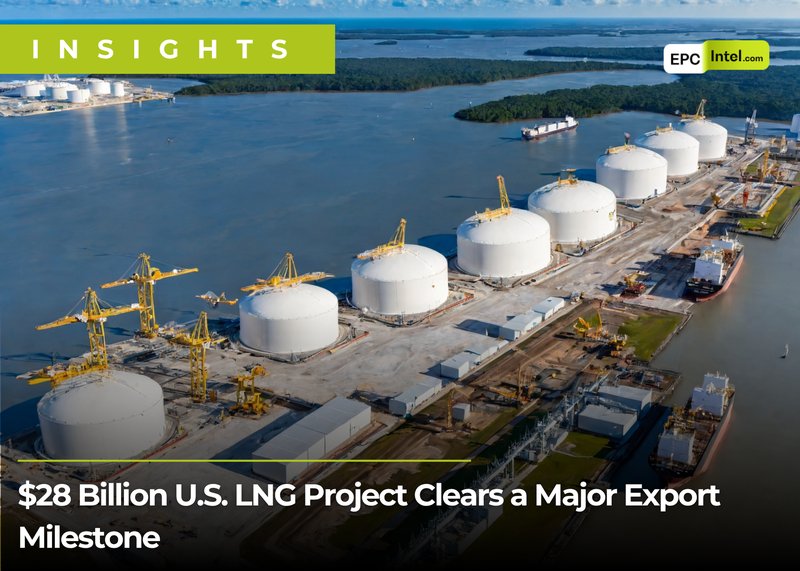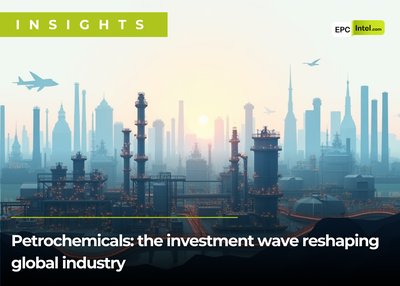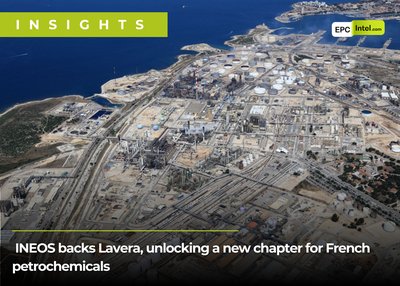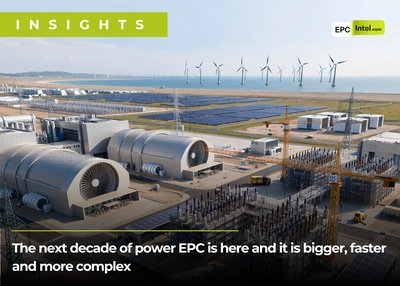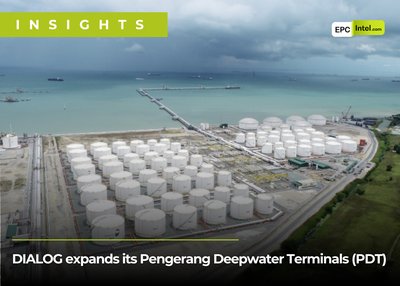Venture Global’s long-anticipated CP2 LNG project has crossed its final regulatory milestone after receiving the U.S. Department of Energy’s non-FTA export authorization. The approval allows the company to export up to 3.96 billion cubic feet per day (Bcf/d) of natural gas in liquefied form to global markets from Cameron Parish, Louisiana.
The decision follows the Federal Energy Regulatory Commission’s (FERC) May 2025 approval covering the siting, construction, and operation of the project, as well as DOE’s conditional export authorization issued in March 2025. Together, these milestones complete the federal permitting process for what will be one of the largest LNG facilities ever developed in the U.S.
Trump administration accelerates LNG expansion
Assistant Secretary of the Office of Fossil Energy, Kyle Haustveit, said the decision reflects the administration’s rapid push to expand U.S. LNG exports. “Finalizing the non-FTA authorization for CP2 LNG will enable secure and reliable American energy access for our allies and trading partners, while also providing well-paid jobs and economic opportunities at home,” he stated.
The move comes after President Trump’s directive to lift the LNG export pause on his first day in office. Since then, the DOE has approved over 13.8 Bcf/d of new LNG export capacity, surpassing the total exports of the world’s second-largest LNG supplier.
Major EPC and technology packages
The CP2 LNG project, with an estimated total investment of around USD 15 billion, will have a nameplate capacity of 20 million tonnes per annum (mtpa). It will be Venture Global’s second facility in Cameron Parish, located adjacent to its operating Calcasieu Pass LNG terminal.
EPCIntel.com data indicates the key EPC package awarded to the major contractor:
- Worley has been engaged under a contract to provide engineering, procurement, and construction management (EPCM) services for offsites, utilities, and supporting infrastructure, including power distribution, storage integration, and tie-ins with the Venture Global pipeline network.
Capital allocation by package
Based on EPCIntel.com benchmarks for Gulf Coast LNG projects, the CP2 facility’s capital spend is expected to break down approximately as follows:
- Liquefaction trains and gas processing: 45–50% of total capex, or USD 5.0–5.5 billion.
- Storage tanks and marine works: 20–25%, around USD 2.0–2.5 billion.
- Utilities, power, and offsites (Worley scope): 15–20%, near USD 1.5–2.0 billion.
- Pipeline and interconnect systems: roughly USD 1 billion.
This structure reflects a modular execution strategy designed to accelerate construction and lower commissioning risk, a model Venture Global has championed since Calcasieu Pass.
Construction timeline and market impact
Full construction activity at CP2 LNG is expected to ramp up in 2026, with first LNG targeted before the end of the decade. Once operational, the facility will further consolidate the U.S. Gulf Coast’s position as the world’s largest LNG export hub.
EPCIntel.com forecasts that LNG projects approved in 2025 alone could unlock over USD 70 billion in cumulative EPC and equipment demand across the Gulf region by 2030. For contractors, suppliers, and service providers, CP2 LNG represents one of the most significant opportunities in the global LNG value chain—one that will drive fabrication yards, module assembly, and local content initiatives for years to come.
